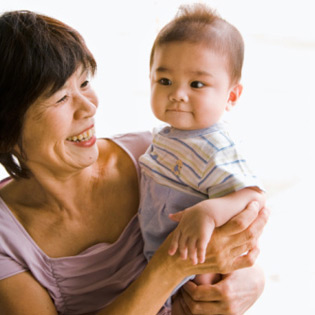August 30, 2011
By Naomi Gerstel, Ph.D.
Professor of Sociology
University of Massachusetts
Download Full Report as a Word Document
Unmarried and singles’ week celebrates the lives of many Americans. In 2010, this group included 99.6 million people — close to half (43.6 percent) of U.S. residents 18 and older. Over their life course, many more people will move in and out of this group.

The single and unmarried are a diverse group: Some have not yet married but will eventually do so. Some are divorced or widowed. And some have chosen to live their entire lives single. Some live alone. Some cohabit with a romantic partner. 16.4 million are aged 65 and older, 11.7 million are parents. Though gays and lesbians can now get married in six states, most of the couples living in the 591,300 same-sex households reported to the census are unmarried.
All too often, single and unmarried Americans are ignored when it comes to discussing family issues, especially if they do not have children. Work-family issues are typically thought to be irrelevant to them. The unmarried are typically portrayed as unencumbered by family obligations, or even as self-centered individuals who do not help out in the community the way married couples do. But the facts reveal quite a different story.
- Adult unmarried children are more likely to provide practical assistance to their parents than their married siblings. It is unmarried women who are mostly likely to assist their mothers and fathers. While 68 percent of married women give help to their parents, 84 percent of the never married provide such care. And while just 38 percent of married men help out their parents, 67 percent of never married men do.
- At all educational and income levels, unmarried individuals not only have more friends than their married counterparts but give these friends more care, both practical and emotional. They also visit with their neighbors and help them out more than the married.
- The unmarried spend more time helping out their siblings than the married, often playing important roles in the lives of their brothers and sisters as well as their nieces and nephews. And unmarried individuals account for three out of every ten grandparents who are the primary care-givers for their grandchildren.
- Research refutes the myth that unmarried males are especially disconnected from family ties. Married women talk on the phone to their parents and siblings less often than those who never got married, or who left or lost a husband. But the difference in phone talk is especially dramatic for men. While many husbands rely on wives to call their relatives, men without wives make the connection themselves.
- Married people volunteer more than unmarried, in part because they volunteer in activities their children are involved in and in part because they volunteer more for religious groups. But more than 20 percent of unmarried Americans do volunteer, and in 2005 their estimated volunteer hours came to nearly 900 million hours of service. The top activities were mentoring, teaching, and coaching other people’s children, fundraising for charities, and distributing or serving food. It’s also worth remembering that about one-third of the firefighters who died serving their community on 9/11 were unmarried.
- In important ways, the unmarried are more likely than the married to be politically engaged: Comparing women with the same level of education, never-married are more likely than wives to sign petitions and participate in political gatherings.
About CCF
The Council on Contemporary Families is a non-profit, non-partisan organization dedicated to providing the press and public with the latest research and best-practice findings about American families. Our members include demographers, economists, family therapists, historians, political scientists, psychologists, social workers, sociologists, as well as other family social scientists and practitioners.
Founded in 1996 and now based in the School of Education and Human Development at the University of Miami, the Council’s mission is to enhance the national understanding of how and why contemporary families are changing, what needs and challenges they face, and how these needs can best be met. To fulfill that mission, the Council holds annual conferences, open to the public, and issues periodic briefing papers and fact sheets.
